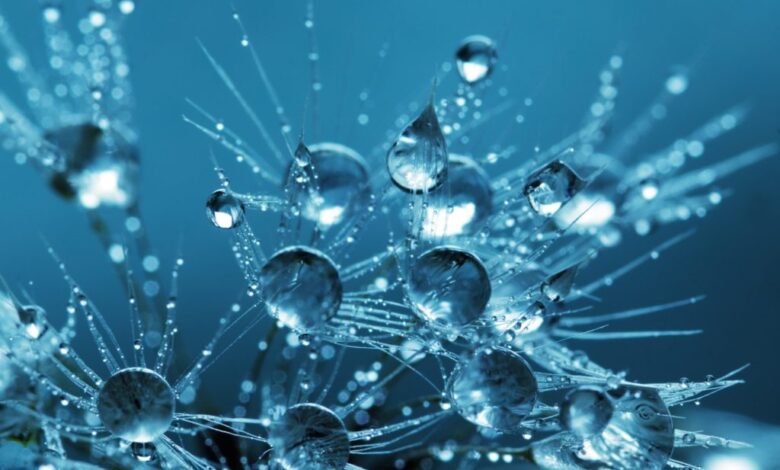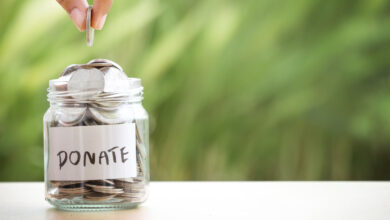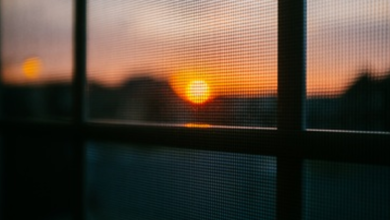Ultimate tips for improving your macro photography

In this post, you can discover some really useful tips for working with a macro lens, which can also be applied to the use of inversion rings. We are still going to refresh your memory with the essential tips to follow for successful macro photography.
Take into account the diaphragm opening
As we have seen, the aperture of the diaphragm will be very important in macro photography because it is according to this that the depth of field will be more or less great. In other words, if there will be more or less sharp image areas.
Depending on how much importance you want to give to the background of the image, you will have to use certain values rather than others. Imagine you are photographing flowers and you want a completely blurred background to focus the viewer’s interest on the flower. It will absolutely be necessary here to use a maximum aperture allowed by the equipment.
If, conversely, you want the background to be part of the image composition, use intermediate values like f/8 and f/11.
Control the light as much as possible
Macro photography is light, so the more control you have over it, the easier it will be to get the results you want. Imagine that you can’t change the aperture and therefore you don’t get the desired depth of field. In this case, use natural light, move around to take advantage of bright spots and if this is not enough, add an external light, such as an LED torch or a macro flash.
If you finally opt for an external lighting source, be careful not to cause harsh shadows, especially because you will be above the model to photograph it. If the light is too direct, you can use different diffusers to soften the light produced by the flash or torch in question.
Avoid tremors as much as possible
The featured object will be enlarged and any vibrations produced will be reflected in the image, by a reduction in sharpness. To avoid this pitfall, use a firm tripod, if possible with a hook on the central column, where you can place additional weight to further stabilize the equipment. You can also use a remote trigger, this way you will avoid the possible vibrations produced by pressing the trigger button.
Use macro invert rings
To be able to use these photo accessories, you just need to install the macro inversion ring on the watch of your camera, then assemble your lens upside down on the inversion ring. Make sure it’s perfectly installed before you get to work, otherwise you’ll get a big scare in the middle of the photo shoot… Check here for more.
If we are not dealing with a simple macro inversion ring but with an inversion ring that allows you to use the automatic modes of the camera, know that the latter is made up of several elements.
You will need to assemble the ring compatible with your mount on your device’s frame, then install the supplied adapter ring and ensure that both are firmly attached to the watch. Then install your lens upside down on the inversion ring and finally, the final piece of the macro inversion ring and which will give a reproduction ratio such that you can capture the details as close as possible.
Once your equipment is mounted and perfectly fixed, you can enjoy total freedom. You will immediately notice the change in perspective, the details will be enlarged to take on a new dimension.
As you must know, controlling the aperture in macro photography is essential to obtain the desired depth of field. But as we have seen, some lenses do not have an aperture ring so you will have to use a single value.
To compensate for this absence, there is another possibility with which we will test the advantages of macro inversion rings using two lenses: a telephoto lens and a standard lens.
And it’s a great option for anyone who can’t afford a new lens. We achieve very beautiful macro photography with a lens that we already have and it is a more than reasonable investment.
To mount the equipment, you will first need to install the telephoto lens on your lens mount, then assemble the reversing ring to the screw-on front part of your telephoto lens, and finally install the standard lens on the inversion ring and you will have ready-to-use macro equipment.




